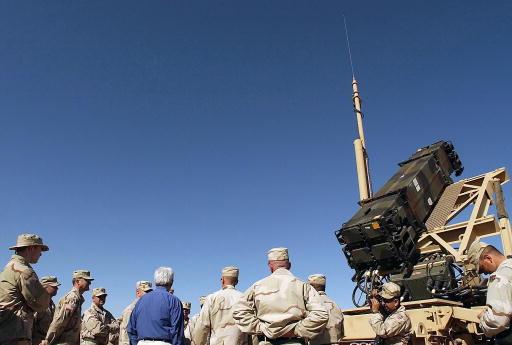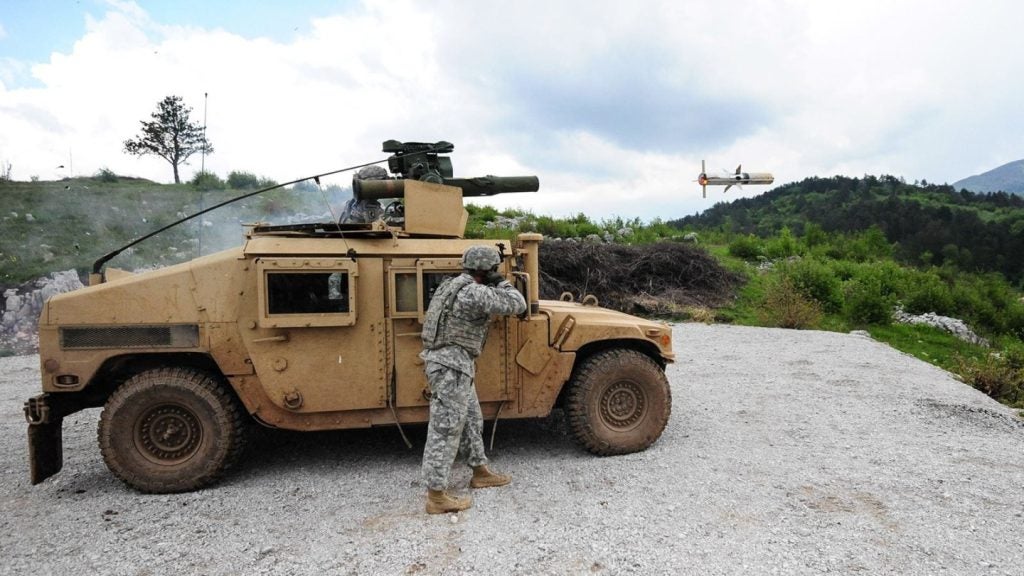
Lockheed Martin has successfully completed the Lower Tier Project Office flight test of the Patriot Advanced Capability-3 (PAC-3) missile at White Sands Missile Range in New Mexico, US.
During testing, two PAC-3 missiles were fired according to the current doctrine for successful detection, tracking and destruction of a tactical ballistic missile (TBM) target.
The TBM target was intercepted by the first interceptor, while the second missile self-destructed as planned.
Lockheed Martin Missiles and Fire Control PAC-3 missile programmes vice-president Richard McDaniel said the test flight provided the company with an opportunity to demonstrate the missile’s capabilities against a challenging TBM target.
"Our preliminary data indicate that all objectives were achieved," McDaniel said.
The testing was focused at lowering risk for test flight of the PAC-3 missile segment enhancement (MSE), which is scheduled to be carried out in late 2013.
How well do you really know your competitors?
Access the most comprehensive Company Profiles on the market, powered by GlobalData. Save hours of research. Gain competitive edge.

Thank you!
Your download email will arrive shortly
Not ready to buy yet? Download a free sample
We are confident about the unique quality of our Company Profiles. However, we want you to make the most beneficial decision for your business, so we offer a free sample that you can download by submitting the below form
By GlobalDataJointly manufactured by Raytheon and Lockheed, PAC-3 is an advanced, hit-to-kill air defence projectile weapon designed to defeat a broad spectrum of incoming TBMs and cruise missiles, as well as aircraft and unmanned aerial vehicles (UAVs) by direct, body-to-body impact.
The PAC-3 MSE is an upgraded version of combat proven PAC-3 air defence missile, featuring a powerful motor, larger fins and other structural modifications that provide increased manoeuvrability against faster and advanced ballistic and cruise missiles.
Upgrades include integration of Patriot system with a PAC-3 missile, PAC-3 missile canisters in four packs, a fire solution computer, as well as an enhanced launcher electronics system (ELES).
Lockheed Martin Missiles and Fire Control serves as the prime contractor for the PAC-3 MSE missile upgrade, which was selected as the primary interceptor for the Medium Extended Air Defence System (MEADS) in September 2006.
Image: US Army personnel being briefed on PAC-3 system at Ahmed Al Jaber Air Base in Kuwait. Photo: courtesy of Sssgt Quinton T Burris, USAF.








